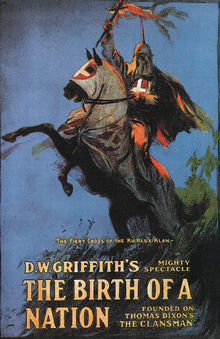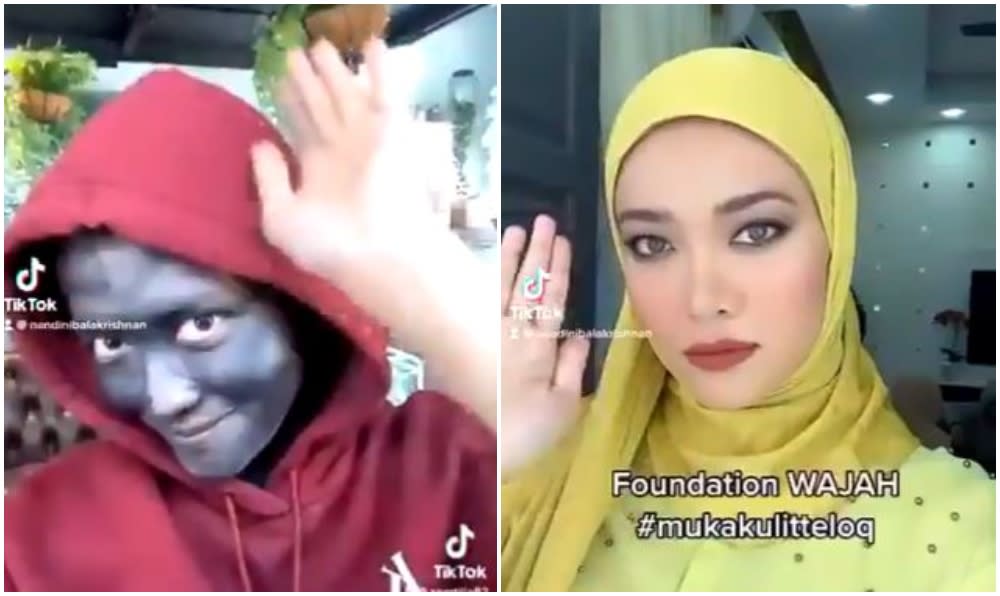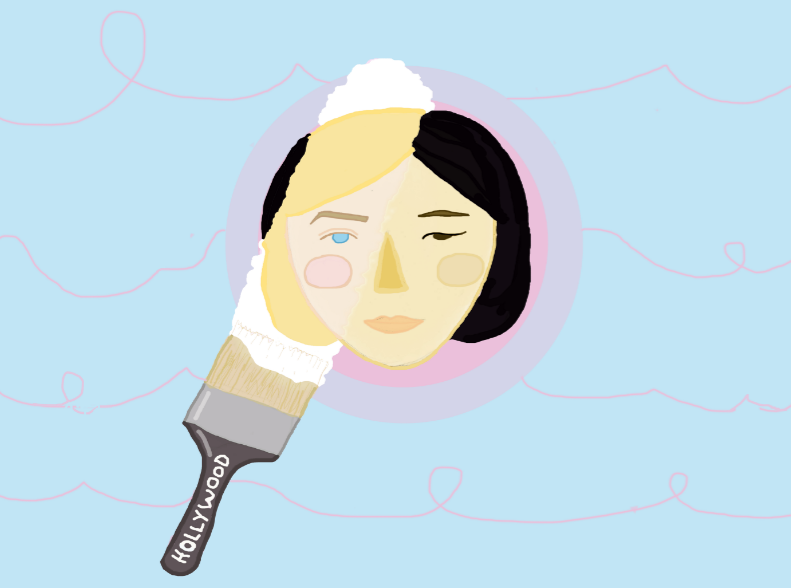By Ariani Mohd Nor
Whether we realise it or not, imperialism and mindset colonialism still run rampant in our society, and that includes the way we see skin colour.
Whitewashing in media defined as the preference to lighter skin colours to portray the ideal beauty standard, and in some, is the description of habit by the media industry to cast actors with lighter skin colours as people of different races.
In hindsight, it doesnt look bad. Producers want to make good use of more well-known actors and actresses to promote their works better and beauty standards have existed long ago anyway. So, whats really the issue here?
If you really think about it, whitewashing and todays beauty standard sounds like a package deal. And if you ˜deepen it, you start to ask questions “ why skinny bodies? Why light skin colours? Why unrealistic depiction of people in media when we cant all look like them?
Historically, whitewashing takes us back to the European colonisation, where white people used their superiority on other races to set themselves as an ˜example, but is more evident in media only as early as the 20th century from Hollywood.
With slavery and white supremacy unrestrained during the time, movies such as “The Birth of a Nation” (1915) was so wrongfully portrayed in the media that modern-day critics have called it abominable. The movie, directed by D.W. Griffith romanticises the Ku Klux Klan, the white supremacist cult, and was responsible for birthing a destructive agenda against people of colour.

The birth of white-dominated movies and its distribution from Hollywood to the world, especially countries colonised by Europeans, have indirectly dented a mark that supports the white standard and superior agenda.
Which is why, even today, the world is still suffering from the after-effects of colonialism “ even generations after theyre gone. Lighter skinned people are praised and made the standard, while those with darker skin are frowned upon.
In Malaysia, whitewashing in media is not a foreign topic. Just a few weeks ago, a Malaysian influencer got herself in hot water after donning racist make-up in a TikTok video to promote her make-up that claims to make skin fairer and ˜more beautiful.

Of course, Malaysian netizens were quick to call her out. The video was since deleted after backlash, but that was only the tip of the iceberg.
Using western models to model our traditional Baju Kurung in fashion websites; beauty products such as Fair n Lovely promoting lighter skin colour above all others; and even putting light-skinned westerners in high pedestal for doing the bare minimum “ we need to do better.
The media needs to do better as an agenda-setter to represent us as people born with different colours and body types to signify the importance of representation, especially to children and teenagers.
In terms of accepting our skin colour as South-East Asians, Malaysians have a long way to go.
To love ourselves is to accept our identities and the skin that we are born with. If we were all born the same, then wouldnt the world be boring?
Having sawo matang and kuning langsat skin is nothing to be ashamed of, anyway! ***
